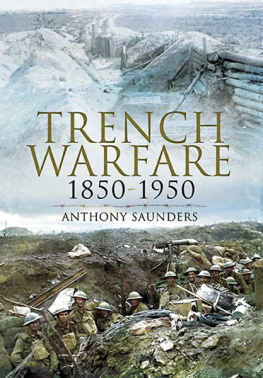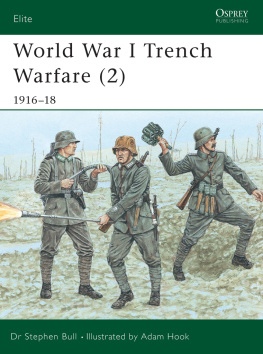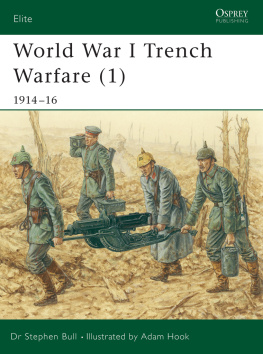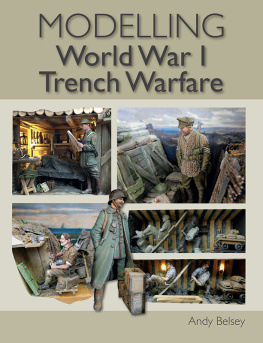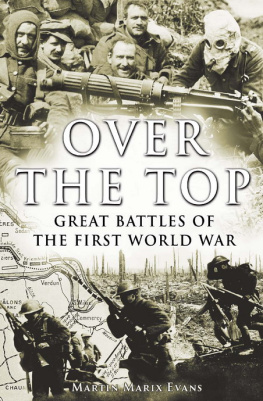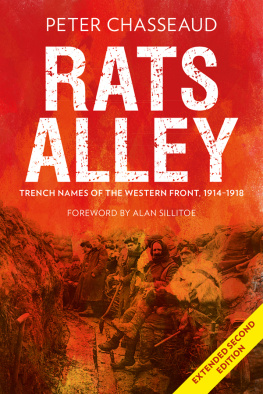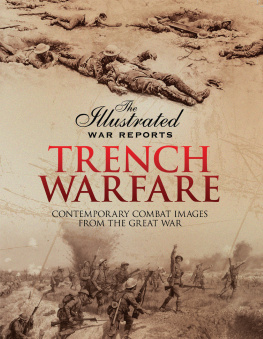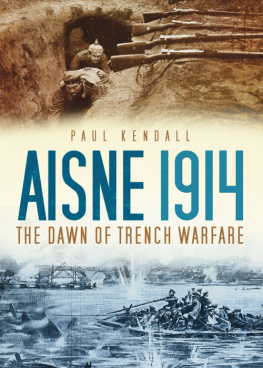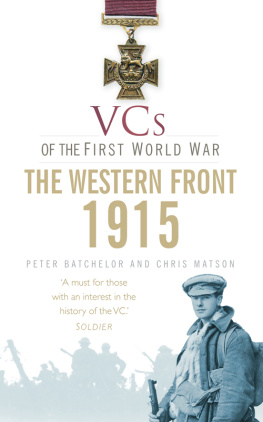
First published in Great Britain in 2010 by
Pen & Sword Military
An imprint of
Pen & Sword Books Ltd
47 Church Street
Barnsley
South Yorkshire
S70 2AS
Copyright Anthony Saunders, 2010
ISBN 9781848841901
EPUB ISBN: 9781781598764
PRC ISBN: 9781781598771
The right of Anthony Saunders to be identified as Author of this work has been
asserted by him in accordance with the Copyright, Designs and Patents Act 1988.
A CIP catalogue record for this book is
available from the British Library
All rights reserved. No part of this book may be reproduced or transmitted in any
form or by any means, electronic or mechanical including photocopying, recording
or by any information storage and retrieval system, without permission from the
Publisher in writing.
Printed and bound in England
By MPG
Pen & Sword Books Ltd incorporates the Imprints of Pen & Sword Aviation,
Pen & Sword Family History, Pen & Sword Maritime, Pen & Sword Military,
Wharncliffe Local History, Pen & Sword Select, Pen & Sword Military Classics,
Leo Cooper, Remember When, Seaforth Publishing and Frontline Publishing
For a complete list of Pen & Sword titles please contact
PEN & SWORD BOOKS LIMITED
47 Church Street, Barnsley, South Yorkshire, S70 2AS, England
E-mail:
Website: www.pen-and-sword.co.uk
Acknowledgements
The research and writing of this book has, inevitably, involved the assistance of a number of people without whose help everything would have been considerably more difficult. Firstly, I would like to thank Mike Hibberd, formerly of the Firearms and Exhibits Department, Imperial War Museum, without whose help many years ago this book would not have been written.
Norman Bonney is always tirelessly helpful. Norman is a former lieutenant colonel in the Royal Army Ordnance Corps, Territorial Army, in which capacity he became an acknowledged authority in the field of First World War munitions, especially grenades. His expertise has led to him assisting the Belgian Army, for example, in identifying unexploded ordnance from 191418. He has an unrivalled collection of grenades and fuzes and an impressive document archive, all of which has been acquired over three decades. H.A.B. Newton, the son of the late Henry Newton, was happy to talk to me about his father who was the first commanding officer of the Second Army Workshops during the First World War. I was put in touch with him via his sister, a friend of whom told her about a letter I had written to the Derby Gazetteabout Henry Newton and his family; the Newton family came from Derbyshire and had an engineering business in the town at the time of the First World War. The Newton family gave me access to some of Henrys wartime papers. Alas, many had been lost in a house fire in the late 1970s.
Professor Ian Beckett, Professor of History at the University of Northampton, very kindly read early drafts of some of the material for this book and offered advice, while Professor Jeremy Black in the Department of History in the School of Humanities and Social Sciences at the University of Exeter has also offered guidance. His enthusiasm, insight and knowledge of all things historical have been expressed with a friendly forthrightness.
I would also like to thank Phillip Powell, Stock Control Manager in the Department of Printed Books of the Imperial War Museum, London, for photocopying a large number of Stationary Service documents for me.
Finally, I would like to thank Liz Tipping, graphics expert, for giving me advice on the best way to clean up some rather messy images so that they were presentable and printable.
Any mistakes are, of course, mine.

CHAPTER 1

Genesis of Trench Warfare
The construction of temporary earthworks by an army laying siege has a long history. While the use of such earthworks predates the introduction of gunpowder to European battlefields in the fourteenth century, earthworks were of particular significance to artillery. With the widespread use of gunpowder from the sixteenth century onwards, their sophistication increased and by the eighteenth century had become complex, covering vast areas. Earthworks and trenches allowed the guns to be brought up close enough to batter down fortifications because they protected the guns and the gunners from hostile fire. The practice of using temporary earthworks for artillery in open battle was well established by the time of the English Civil War (164252). While artillery had considerable destructive power, its disadvantage was the short range of the guns, a problem that persisted well into the nineteenth century. Thus, the guns had to be brought up close to the target, which inevitably brought them within range of enemy guns and musketeers. Protective earthworks were essential. The tactic of building earthworks and trenches to allow artillery to be brought to bear on a besieged town probably reached its apotheosis in Europe between the 1680s and 1740s. During this period, sieges were more common than battles, while artillery became more powerful and more reliable than hitherto. At the same time, the musket and bayonet finally ousted the musket and pike as the principal infantry weapons.
During the eighteenth century, European wars were more about seizing strategic advantage than they were about destroying an enemy or about taking land and holding it. The destructiveness of massed musket fire and short-range artillery meant that battles were often bloody, yet indecisive. The Battle of Malplaquet, fought in 1709 during the War of the Spanish Succession (170114), cost the Allies 24,000 casualties compared to French losses of 12,000. While the battle was an Allied victory, the French Army was able to leave the field in good order. Earthworks and entrenchments constructed by the French contributed to the high casualties suffered by the Allies when they attacked. Significantly, indecisiveness by the Dutch contingent of the Allied army had given the French time to prepare defensive positions. Herein lay two crucial factors of positional warfare: the preparation of earthworks by the defenders needed time, and well-made positions presented major obstacles to the attackers. Malplaquet demonstrated that attacking a defensive position was a costly business. The significance of this was not made apparent until the American Civil War (18615) in which more powerful artillery and small arms contributed to the need for entrenchments. Even so, the cost of frontal assaults on strong positions was not fully brought home to the major European powers until the Russo-Japanese War (190405).
Malplaquet demonstrated the importance of field defences in battle long before the notion of trench warfare evolved. Although field defences became more important by the end of the eighteenth century, siege was still a feature of warfare into the nineteenth century. They always involved the construction of entrenchments. By the time of the War of the Spanish Succession, siege work had become highly formalized. Typical of such operations was the siege of Lille in 1708 during which several miles of trenches were dug by the engineers of the besieging army. The siege lasted four months, somewhat longer than was customary at the time. Sieges have continued into the present era. They occurred at Sebastopol (1854) during the Crimean War, at Vicksburg (1863) in the American Civil War, at Paris, Metz and Belfort during the Franco-Prussian War (18701), at Plevna (1877) during the Russo-Turkish War, at Ladysmith and Mafeking during the Boer War (18991900), at Port Arthur during the Russo-Japanese War (190405), at Liege in 1914 and at Verdun in 1916 during the First World War, at Leningrad (1941), Sebastopol (1943) and St Malo (1944) during the Second World War, at Pusan (1950) during the Korean War, and at Khe Sanh (1968) in the Vietnam War. There have been many others besides these. Indeed, the most significant siege in the history of warfare occurred on the Western Front in 191418; this was mutual siege along a vast expanse of Flanders and France, from the North Sea to Switzerland.
Next page
